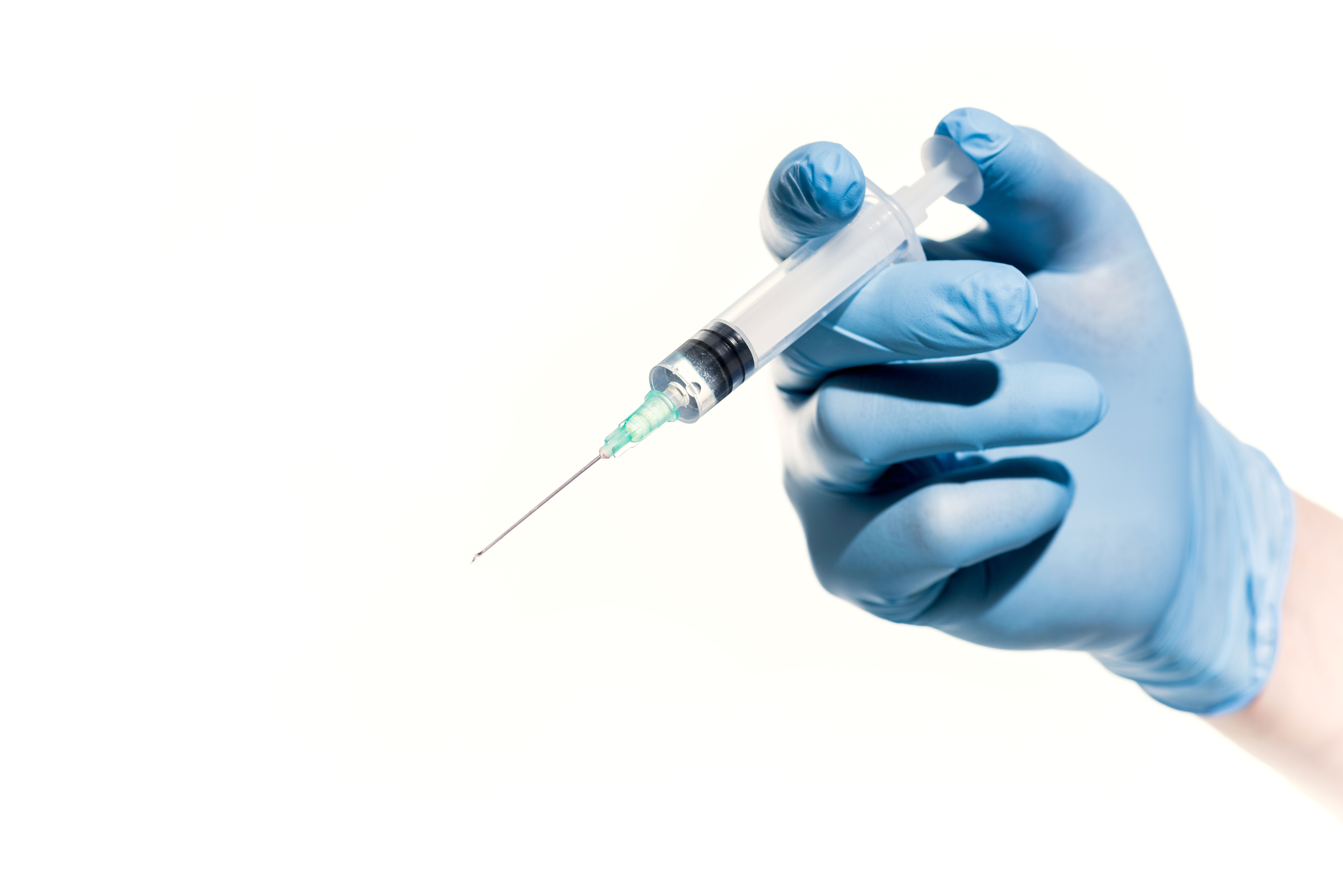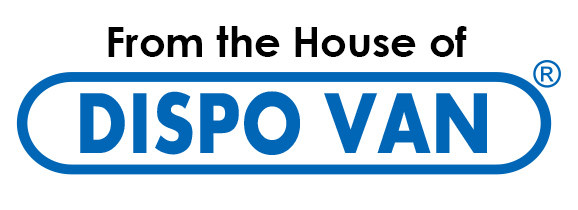

“dead space” is the space one can see between the needle and the plunger when the plunger is pushed down to deliver the medication or blood. This type of syringe has been in use ever since plastic syringes begun to be mass manufactured a few decades ago, it has several drawbacks including risk of disease transmission, wastage of medication, and inaccurate dosage delivery.
To overcome this major disadvantage , A low dead space syringe, also known as a low dead-volume syringe, has been designed to minimize the “dead space” that exists between the plunger and needle.
A niche product, low dead space syringes are relatively new in the world of medicine. Currently, these are available in two designs, namely fixed needle design and detachable needle design.
Advantages
The primary advantages of low dead space syringes are as follows:
- More accurate delivery of drug thus wastage of drug being injected is minimized.
- Incidences of overdose or under dosage of medication are reduced.
- Correct quantity of drug delivery improves imaging of radiographic techniques
- Low dead space means No chance of transmission of Infection through no residual blood on phlebetomy
- No risk of HIV or Hepatitis C or Hepatitis B Infections.
COVID-19 & the Low Dead Space Syringe
It was the dreaded COVID-19 pandemic, and the subsequent race for a viable vaccine, that brought spotlight on low dead space syringes. Even before the first mass vaccination programs rolled out in early December 2020, governments had to consider stockpiling devices for administering the vaccine. One such device was an appropriate syringe that would not waste vaccine, allowing a higher number of people to be vaccinated. Infact, this remains a medical imperative, given the threat of a new wave of infections and worldwide shortage of COVID-19 vaccines arising due to logistical hurdles and other factors.
Since the low dead space syringe leaves little or no vaccine lingering in the distance between the plunger and needle, this is an ideal tool to minimize that wastage. To illustrate, pharmacists discovered early this year that it was possible to extract 6 – and even 7 – doses from a standard 5-dose Pfizer vial using a low dead space syringe. Conventional syringes, on the other hand, could extract only 5 doses from the same vial. Because this means having additional vaccine doses per vial, experts believe this will boost in supply could lead to an instant increase in the number of persons – ranging from thousands to millions – who are to be vaccinated.
The WHO (World Health Organization) has already emphasized the need for equitable global access to COVID-19 vaccines. But even within nations, in order to achieve adequate vaccine supply to meet the needs of priority groups, governments must address supply shortfalls and ensure access to low dead space needles and syringes at vaccine distribution sites.
In a world grappling with the spread of newer COVID variants, we at Hindustan Syringes & Medical Devices (HMD) Ltd. are helping meet the global syringe demand by scaling up production of low dead space syringes. Designed to meet WHO specifications, our syringes are being manufactured for UNICEF’s (United Nations Children’s Fund) mass vaccination programs, as well as those of India, Brazil, and Japan, meeting all the regulatory standards at the highest level

